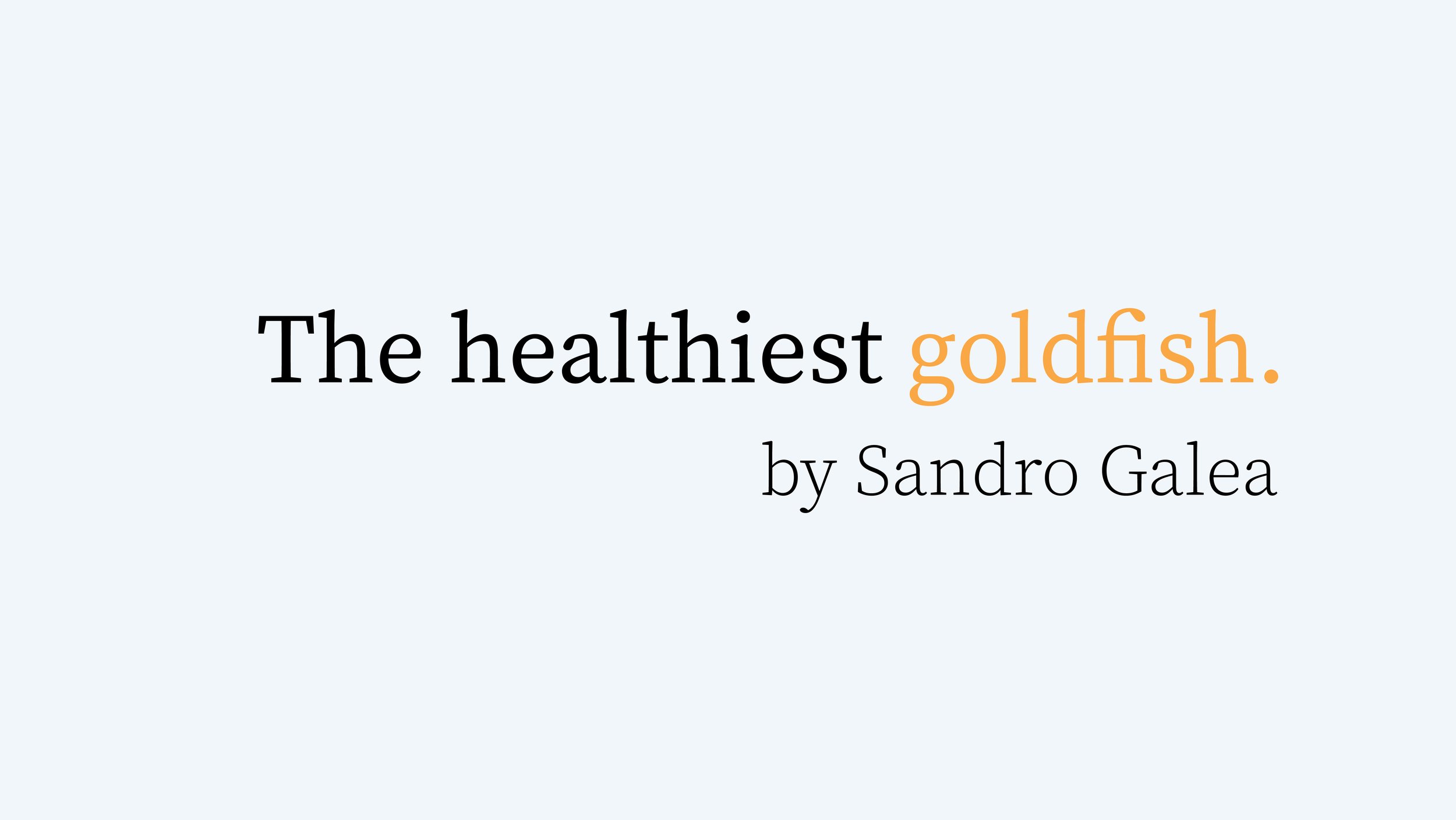Are we sure about that?
As the days post-election turn into weeks and months, there is much that is emerging that is alarming for health. There is also much that is speculative, with little clarity about the real implications of particular proposed actions by the new, emerging, federal administration. Trying to heed my own words, I am refraining from over-investing in comment or dispositive certainty about any of this, aiming to keep an open mind, and to think carefully about how I can be most effective, towards hope. If anyone is interested in comment on the more acute contemporary swirl, I offer thoughts on LinkedIN, and a brief note to our internal Boston University School of Public Health community is here.



